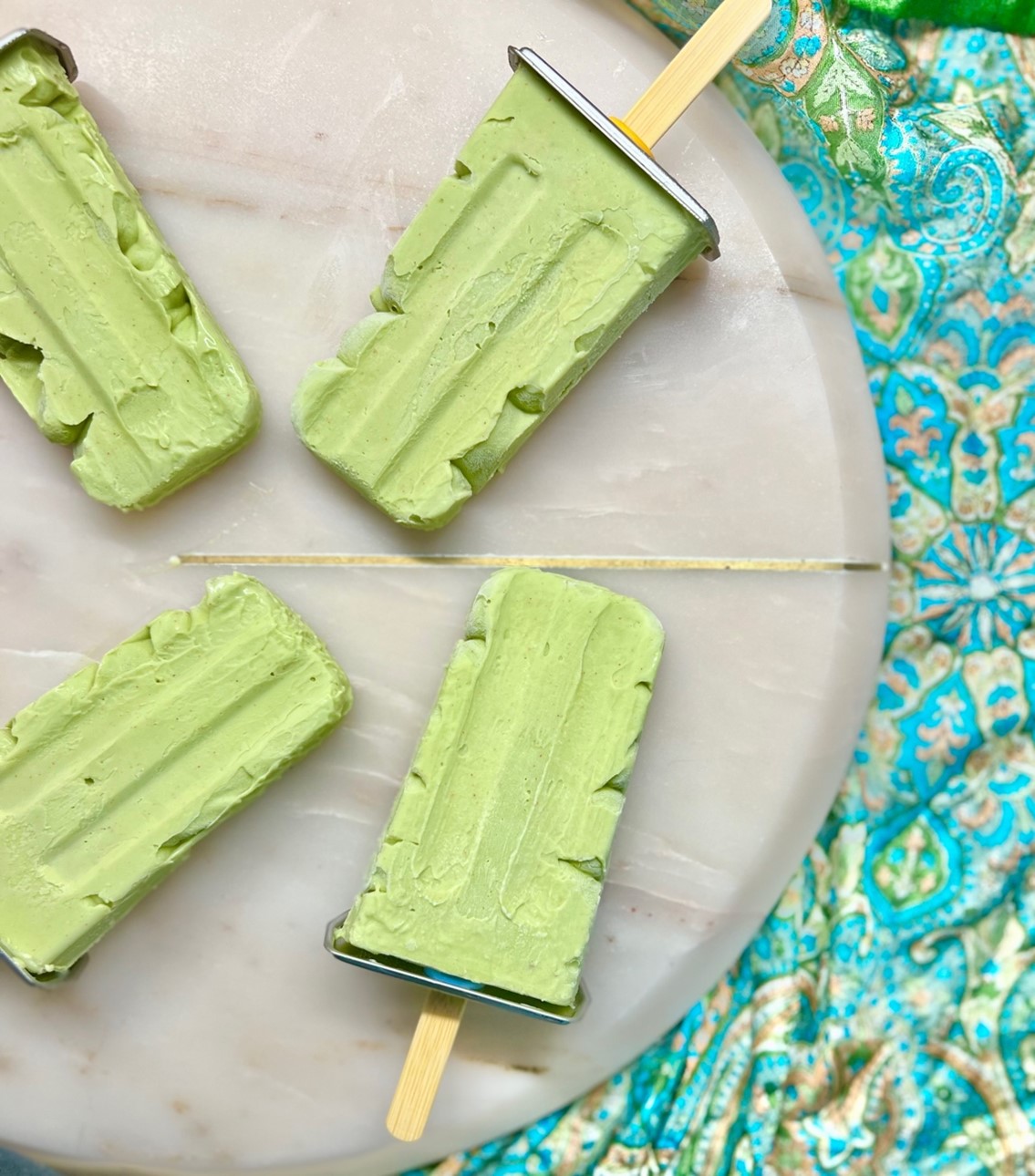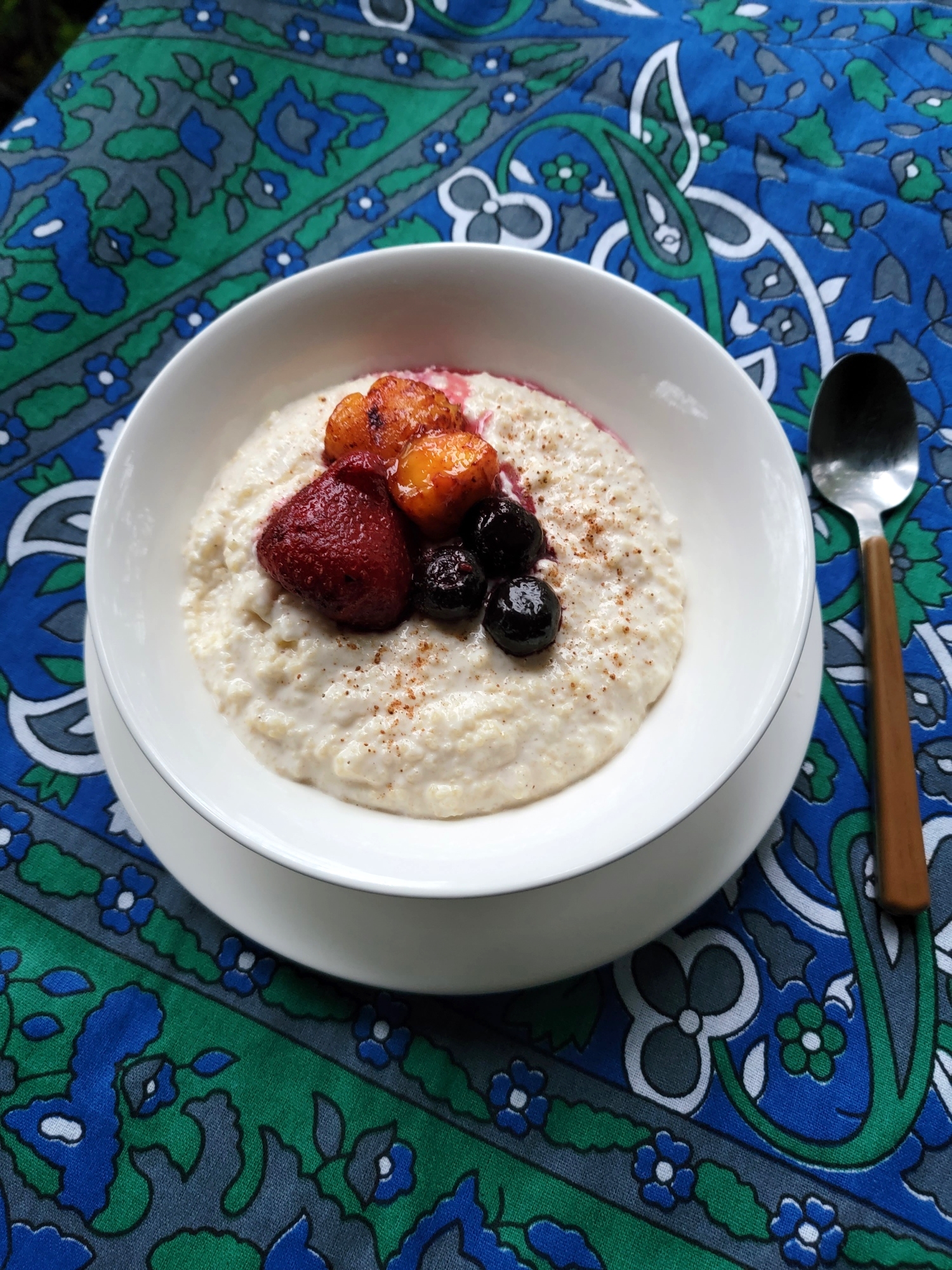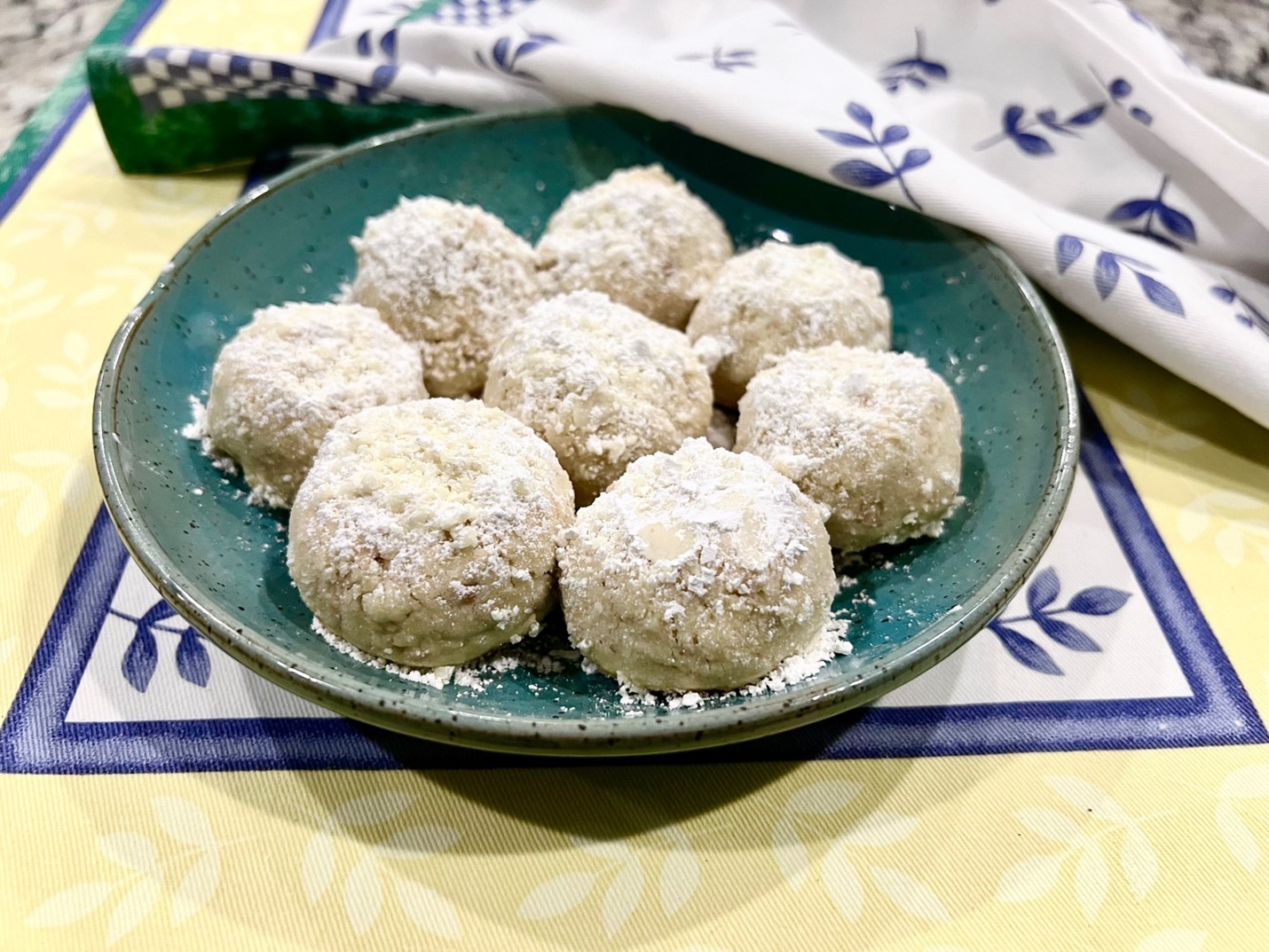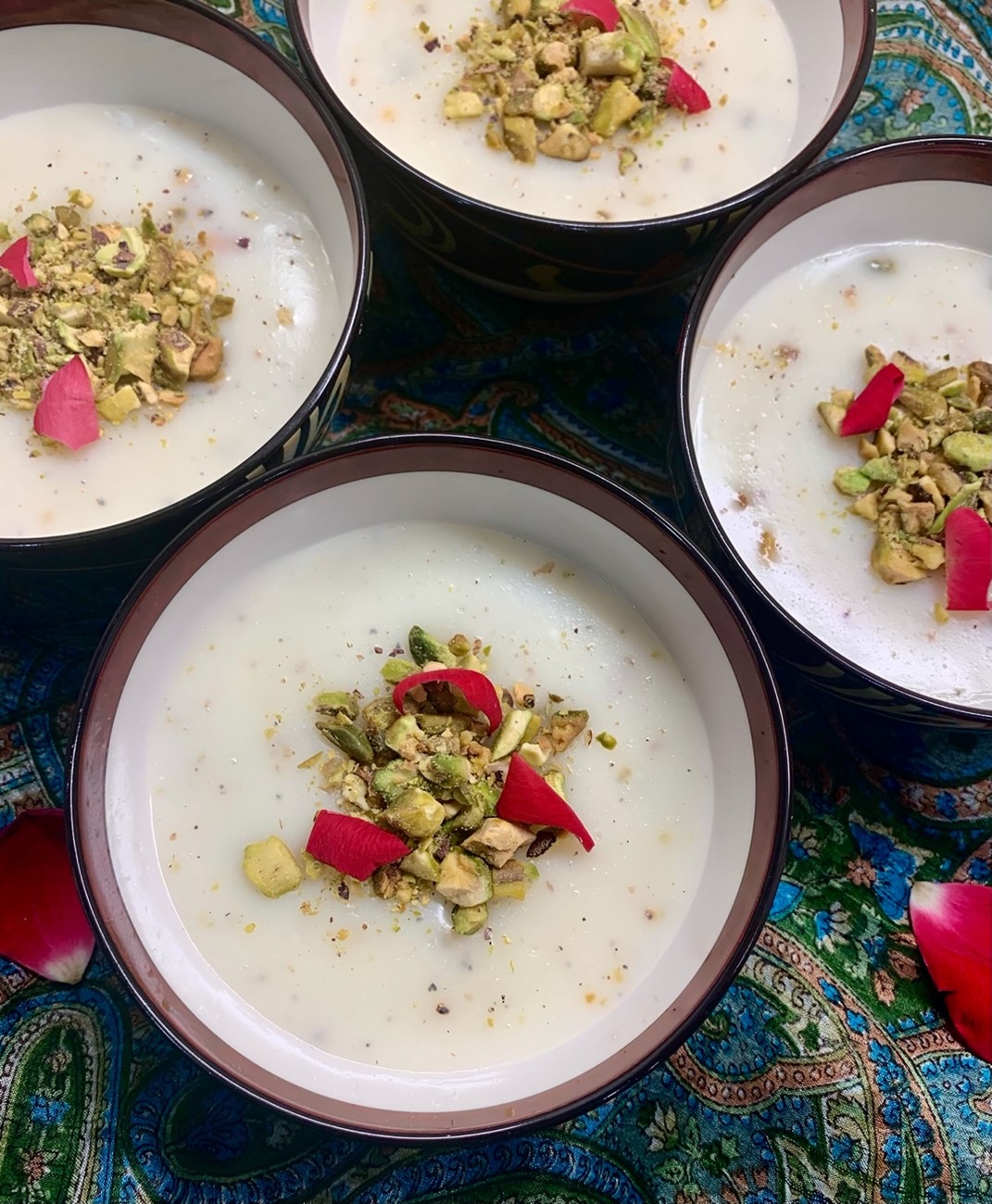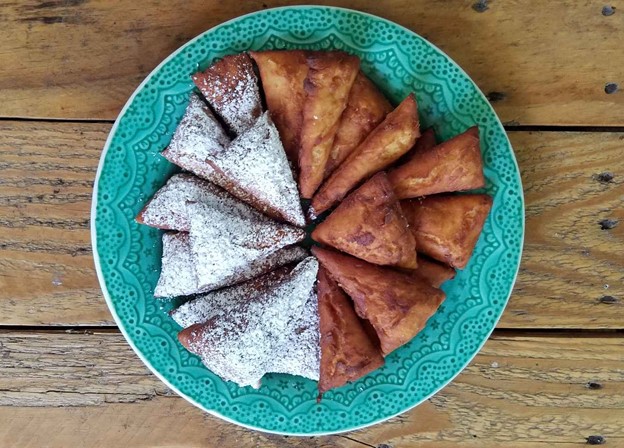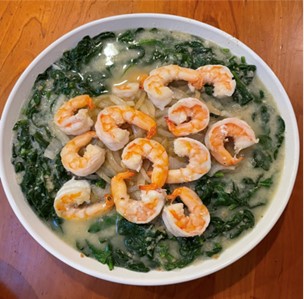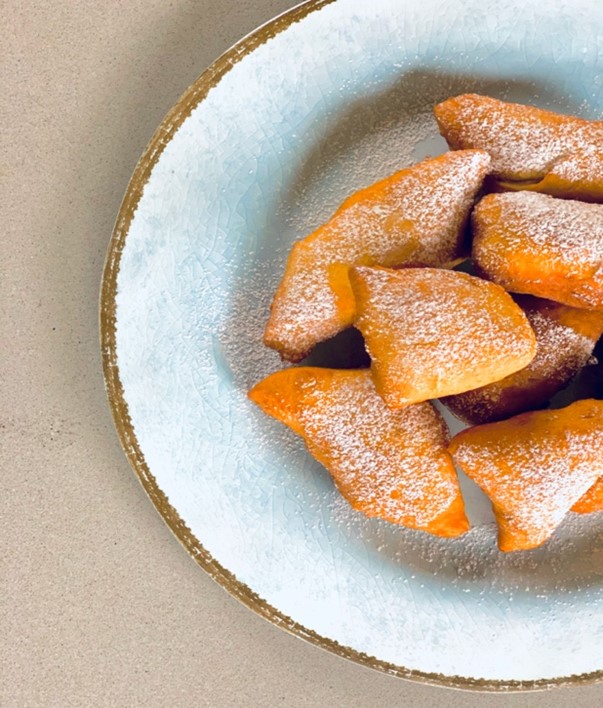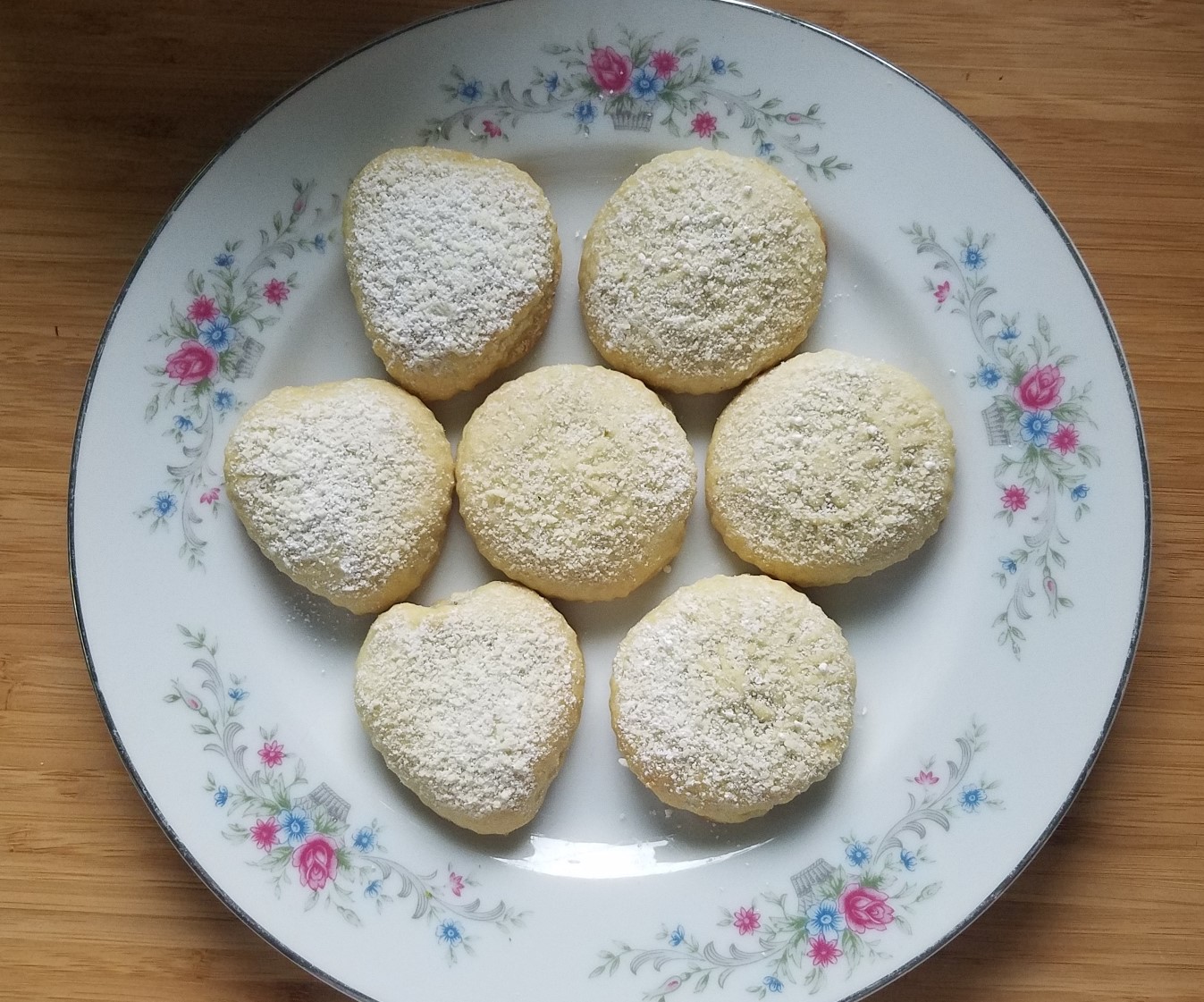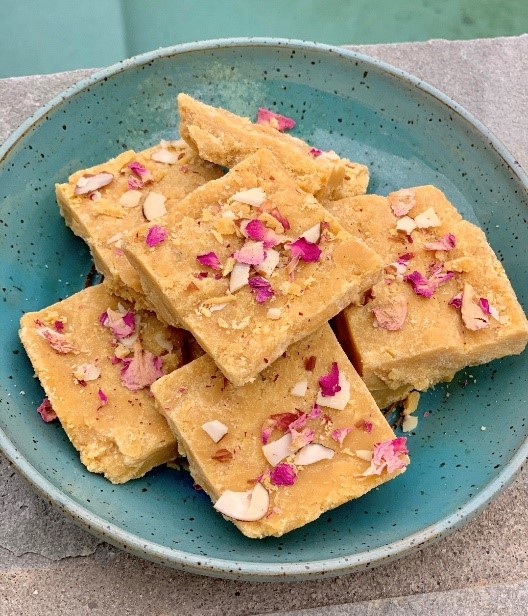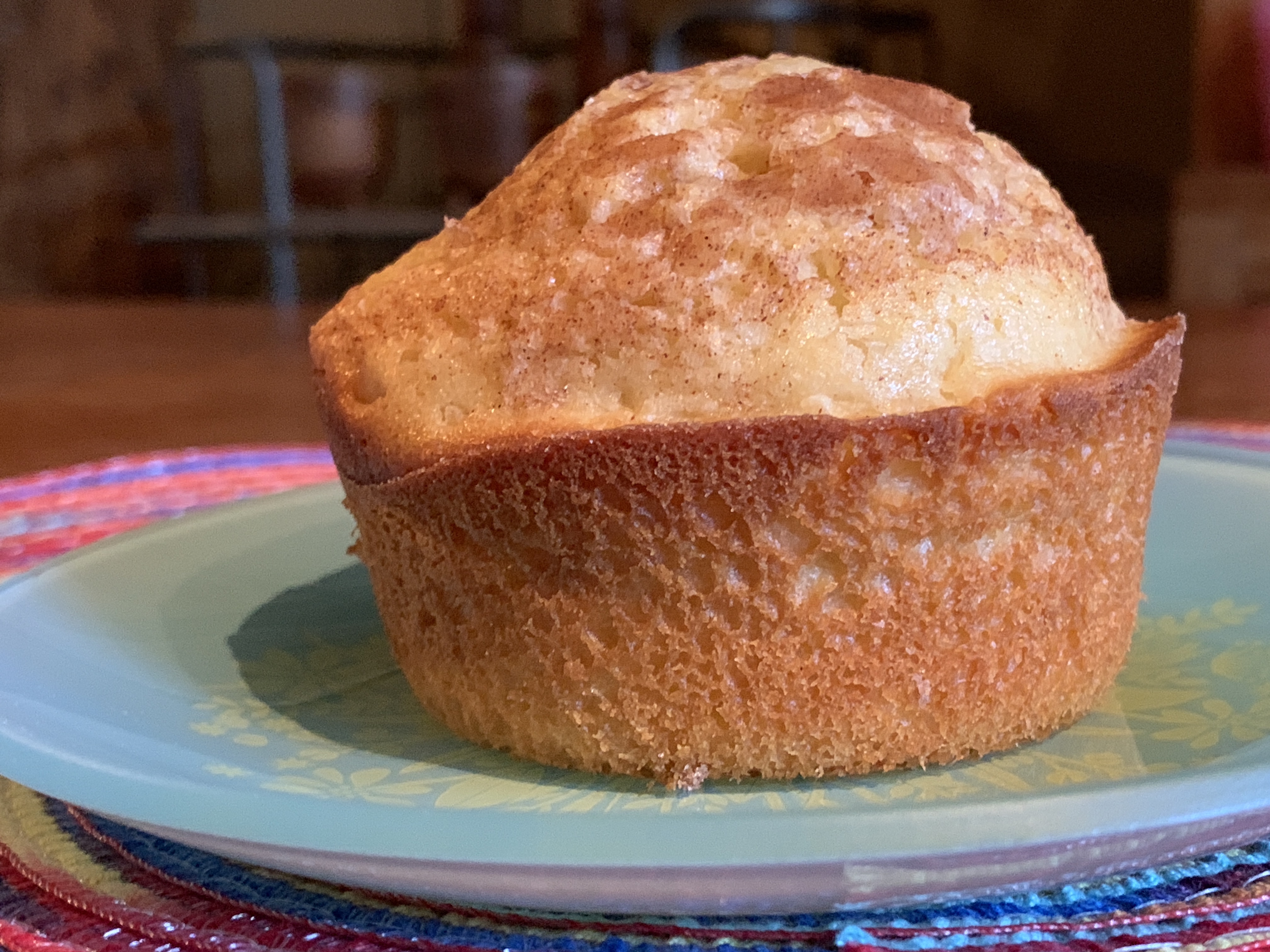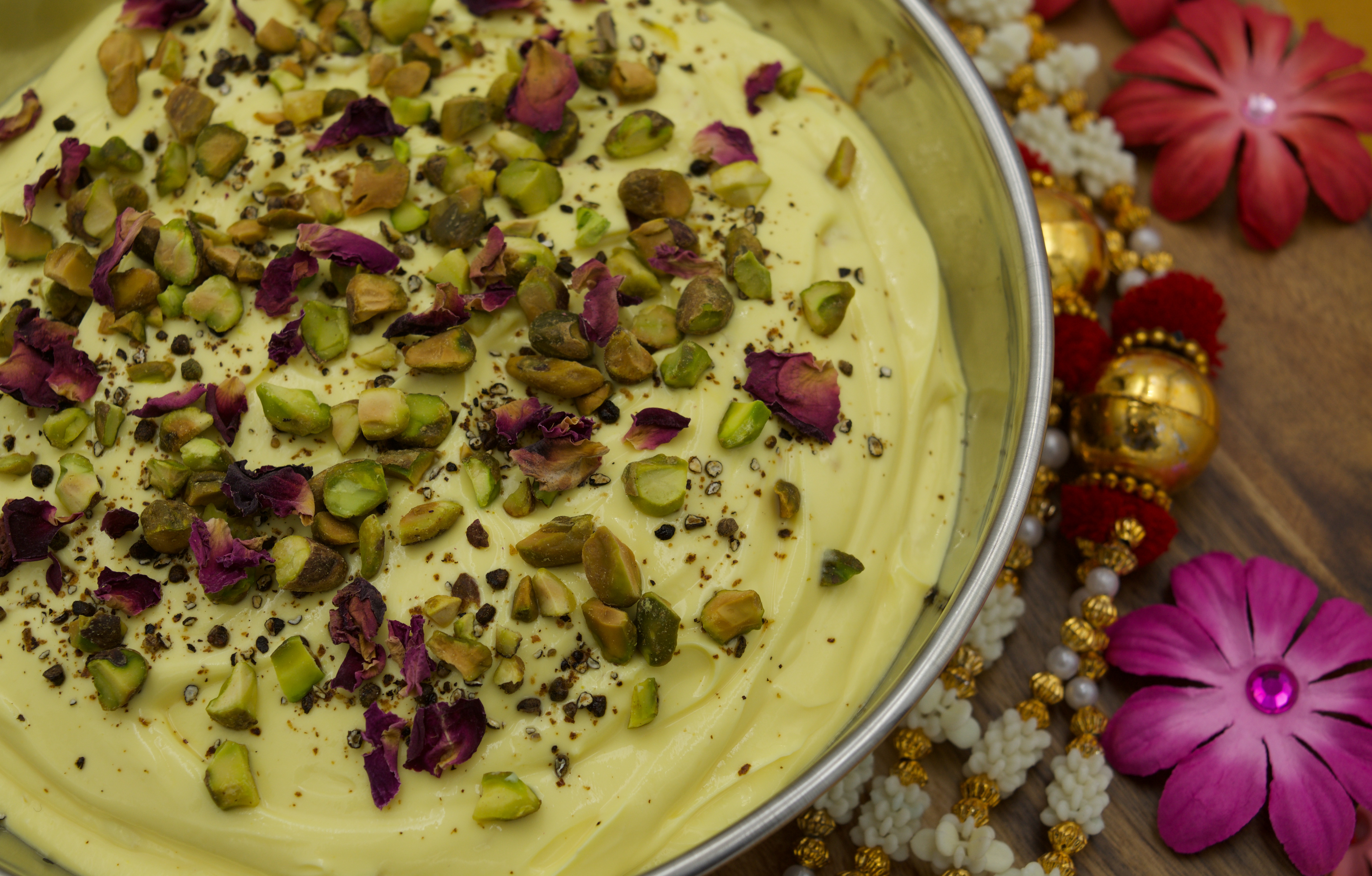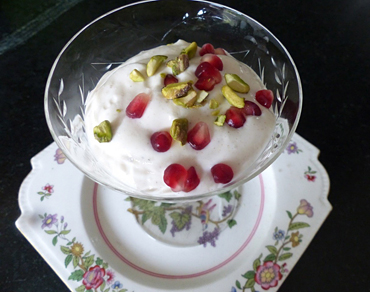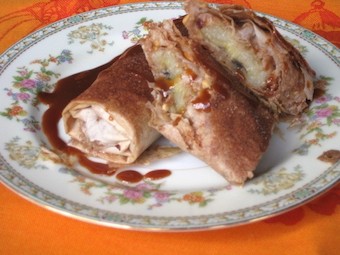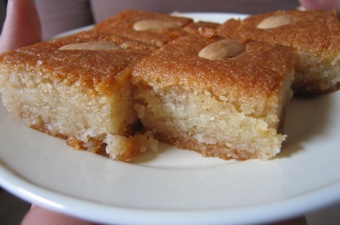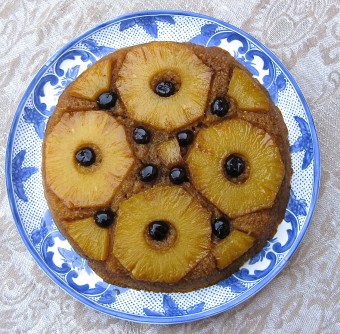
The Proven Platter – Honduras, June 2023
The cuisine of Honduras is a delightful fusion of Central American, Mesoamerican (Lenca), Spanish, Caribbean, African, and Garifuna cuisines; a product of its own roots and a marriage of cuisines that it came in historic or geographic proximity with. The dishes, whether savory or sweet, are rich in flavor and use ingredients that are locally grown or sourced. This month’s dish, Honduran Yucca cake, features some quintessential Honduran ingredients, including yucca (cassava) and coconut milk. Somewhat reminiscent of a tres leches cake in that this recipe also uses three kinds of “milk,” coconut, evaporated and condensed, the yucca cake is vastly different in texture and taste as it uses grated yucca as the “flour.” It is almost less cake and more like a bread (zucchini bread comes to mind), if you will. Extremely flavorful, due to the mix of spices used, and somewhat decadent, a slice of this cake would be perfect with coffee as an evening snack or as dessert. Details

